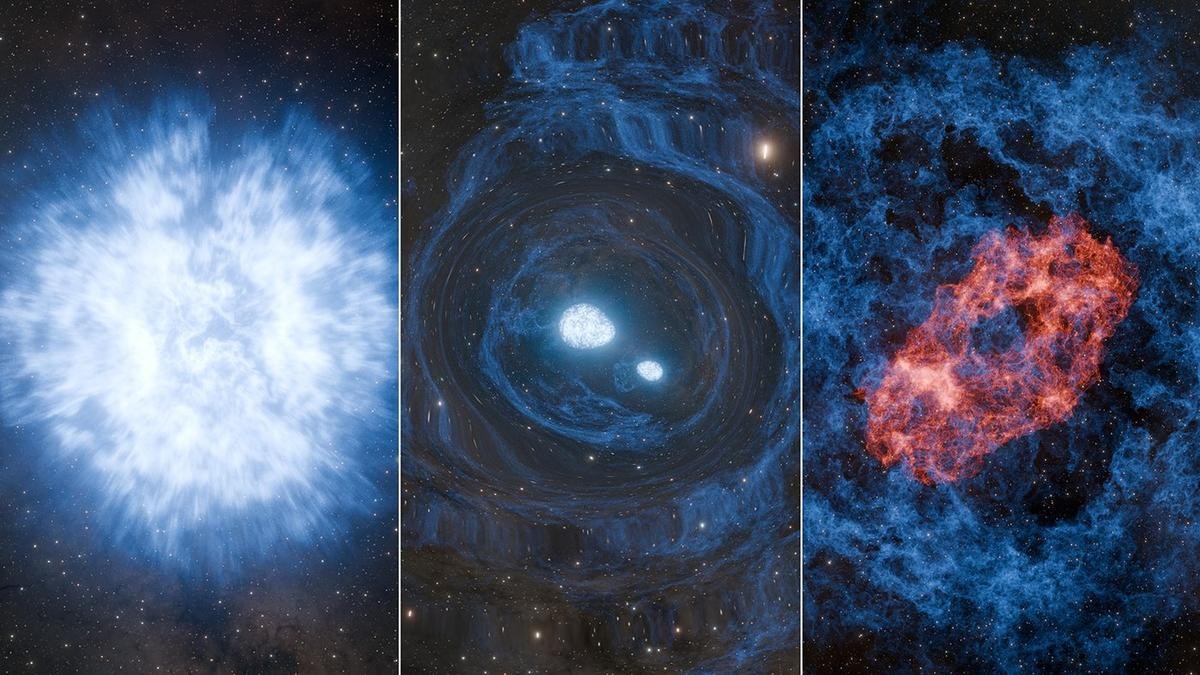



Researchers from Vellore Institute of Technology discovered antibiotic-producing thermophilic bacteria, particularly Actinobacteria, in Rajgir hot spring, Bihar. Using 16S rRNA metagenomics, they identified seven strains effective against pathogens like E. coli. This finding, amid rising antimicrobial resistance, highlights the untapped potential of India's hot springs for novel antibiotics.

Copyright infringement not intended
Picture Courtesy: THE HINDU
Scientists from the Vellore Institute of Technology (VIT), Tamil Nadu have made a discovery in the Rajgir hot spring lake in Bihar's Nalanda district. They have identified bacteria, known as thermophiles, that can produce antimicrobial compounds.
Thermophiles, meaning "heat lovers," are microorganisms that flourish in high-temperature environments, between 41 to 122 degrees Celsius.
The extreme environments, like hot springs, deep-sea thermal vents, and compost piles, are mineral-rich and have fewer competing life forms.
To gain a competitive advantage, some thermophilic bacteria produce potent antibiotics to neutralize their rivals.
Challenging Research Environment => Collecting water and soil samples posed a challenge, with water temperatures at Rajgir reaching up to 45 degrees Celsius and nearby soil temperatures ranging from 43 to 45 degrees Celsius.
Microbial Diversity Analysis => The VIT researchers used a technique called 16S rRNA metagenomics to identify the microorganisms present in the samples. This method analyzes the 16S rRNA gene, which varies slightly between bacterial species.
Abundance of Actinobacteria => A significant finding was the high presence of Actinobacteria, making up 40-43% of the microbial diversity at the Rajgir lake. This is unique because Actinobacteria are known producers of antimicrobial compounds; famous antibiotics like streptomycin and tetracycline were first discovered from this group. Naturally, hot springs show lower diversity of Actinobacteria, sometimes around 20%.
Antibacterial Efficiency => The researchers conducted experiments to identify which bacteria produce antibiotics. They cultured the bacteria from Rajgir with various pathogenic strains like Escherichia coli, Salmonella typhimurium, Klebsiella pneumoniae, Pseudomonas aeruginosa, and Staphylococcus aureus. Through this process, the team identified seven strains of Actinobacteria that produce potent antimicrobials against several pathogens.
Broader Implications of the Discovery
Bacteria are increasingly developing resistance to existing drugs; making infections harder and more expensive to treat. The World Health Organisation (WHO) projects that Antimicrobial Resistance (AMR) could add up to $1 trillion in global healthcare costs by 2050. This discovery offers hope by potentially adding new antibiotics.
The study highlights that India's hot springs are largely unstudied and hold significant potential for discovering novel microorganisms and bioactive compounds.
Must Read Articles:
Antimicrobial Resistance And Antimicrobial Waste
Jeddah Commitments to Fight Antimicrobial Resistance
AMR trends in India's fisheries and livestock sectors
Source:
|
PRACTICE QUESTION Q. Consider the following statements regarding thermophilic bacteria and their environment: 1. Thermophiles are organisms known to flourish in temperatures below 20 degrees Celsius. 2. Some thermophilic bacteria produce antibiotics as a mechanism to outcompete other microorganisms in their niche. Which of the above statements is/are correct? A) 1 only B) 2 only C) Both 1 and 2 D) Neither 1 nor 2 Answer: B Explanation: Statement 1 is incorrect: Thermophiles are extremophiles that flourish in relatively high temperatures, generally between 41 and 122 °C . Statement 2 is correct: Some thermophilic bacteria, such as certain species of Bacillus and Actinobacteria, are known to produce antimicrobial compounds. These antibiotics can help them compete with other microorganisms in their extreme environments. Researchers are exploring these thermophilic bacteria as potential sources of new antibiotics to combat antimicrobial resistance. |









© 2026 iasgyan. All right reserved